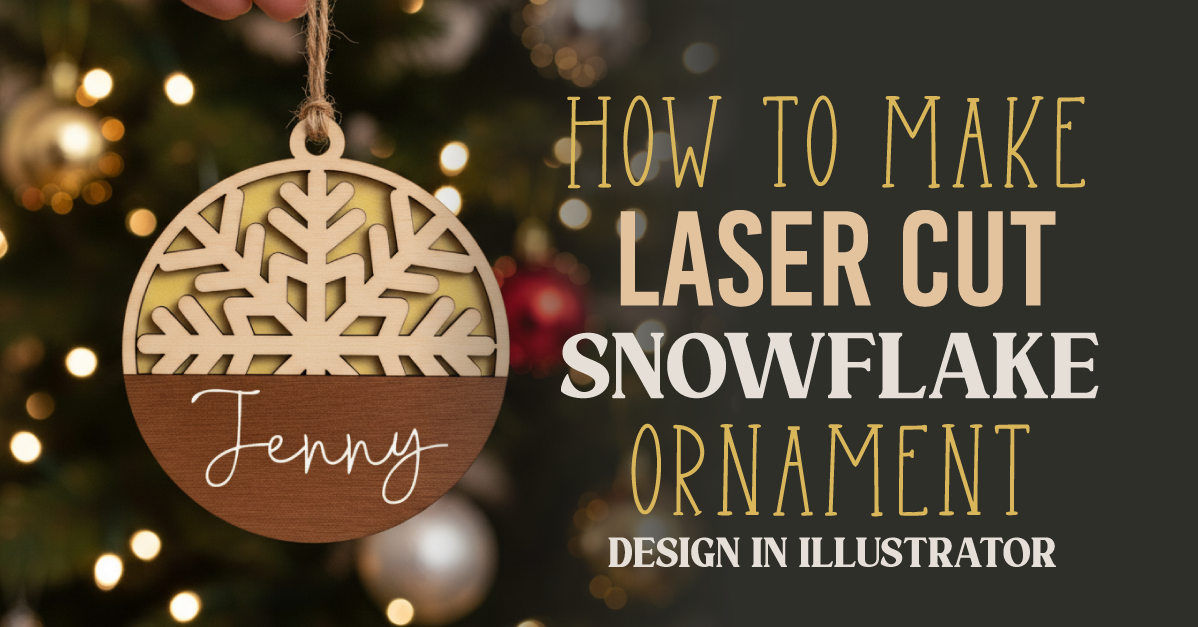- By Design Bundles
- 9 Mins
- Illustrator Tutorials
How to Make a Flat Character in Illustrator
To get started, I'm going to be using a reference photo I've selected from the Design Bundles Plus Hub.
Step 1: Place your reference images
Start by creating a new document and placing the reference image into the canvas. If you have a design reference image you can place it too.

Step 2: Create the color palette
Select the Rectangle Tool (R), click inside the canvas, and input a value of 15 mm for the width and height.

Position the square outside the canvas and create as many duplicates as needed colors by selecting it and dragging it while holding the Shift and Option/Alt keys.

Make sure one of the squares is selected and use the Eyedropper Tool (I) to click on top of the section you want to sample from.

Make two or three selections of the major colors you want to use (light, dark, and maybe medium).

Step 3: Start outlining the main character shapes
Lock your background layer by clicking on the small padlock on the left side of its thumbnail.

Create a new layer by clicking on the icon on the bottom right side of the Layers panel.

Use the Ellipse Tool (L) for the face.

Use the Direct Selection Tool (A) to adjust the individual nodes and make a more organic shape.

Use other shapes to add to the head like a rectangle for the neck.

And an inverted triangle for the chest area.

Once you are happy with your shapes, select them all and choose Unite in the Pathfinder panel to merge them together.

You can round some of the sharp edges of your paths by clicking on the small circles that appear near the corners when a shape is selected and drag.

Repeat where needed.

Step 4: Using the Pen Tool for more complex shapes
The more complex shapes need to be done with the Pen Tool (P).


If you need to make a curved path straight while creating the nodes, just click on top of it and make sure your cursor turns into an inverted V when doing it.

Use the Direct Selection Tool (A) to select the individual nodes and adjust your shape if needed.

Continue doing this until you finish outlining your character.

Remember to create some overlapping paths where the “shadows” or darker color areas should be.

Step 5: Color to your shapes and their placement
Select the shape you want to fill and use the Eyedropper Tool (I) to click on top of the color swatch you want to use to fill the shape with it.

Sometimes you may need to place certain shapes on top or under others. Right-click on top and go to Arrange and choose the placement you want (Top, bottom, etc.).

Just like we did with the feet.

Sometimes you may need to Swap the fill and stroke (Shift + X) color in the toolbox to be able to see the reference image below.

For example, here we needed to create a shadow for the neck.

To fix the overlapping paths, enter Outline mode (Command/Control + Y) to get a better view.


To go back to Preview mode, just use the same command again.

Keep adding the colors to your various shapes. You can always use the Direct Selection Tool (A) to modify nodes and/or create more shapes with the Pen Tool (P).

Like where the fingers overlap.

Or to trace the toes.

Add the hair.


And the clothes and accessories.

And finish coloring them and placing them properly.

Step 6: Check out your flat character and add details
Turn off the background layer to see how your flat character looks like (small eye on the left side of its thumbnail).

Add details to it if you think they are needed.

You can also add some background shapes to complement your design.

Check what style suits you more.

If you enjoyed this tutorial be sure to check out our other tutorials such as using the blend tool, creating SVGs and tracing an image.
6 Related Illustrator Tutorials
In this tutorial, we will be creating a flat character illustration in Affinity Designer. A flat character is a 2D design, sometimes based on a reference photo. This style of drawing is very popular due to its neat and colorful design.To get started, I'm going to be using a ...
In this tutorial, we will be creating a flat character in Photoshop. This style may also be referred to as cartooning yourself. If you're interested in learning how to make flat characters in other programs, check out our guides for Illustrator, Procreate, and Affinity Designer.To get started with our ...
In this tutorial you are going to learn the quick and easy way to make a ribbon banner in Illustrator, I am then going to show you the settings you can change to create an arched and a wavy flag banner too.Step 1 - Draw a rectangleFirstly, you need to ...
Laser cut ornaments are a beautiful way to add a personal, handcrafted touch to your holiday décor. In this tutorial, I’ll walk you through creating a snowflake ornament using Adobe Illustrator.To keep things simple, we’ll use a pre-made snowflake template from the Design Bundles Plus library, ...
In this tutorial you will learn how to design the groundwork of a split monogram in Illustrator. Split monograms can incorporate many different design elements that represent various styles and personalities. This makes them great for creating personalized projects for friends and family.In this tutorial we are going to ...
Isometric illustrations are made in 2D (2 dimensions) but they look like 3D drawings. Essentially you are mimicking the depth and distortion of the 3D object. To better achieve this you need to create a Grid to aid you with your designs. We will show you how to create an Isometric ...

 All your Font Needs
All your Font Needs




